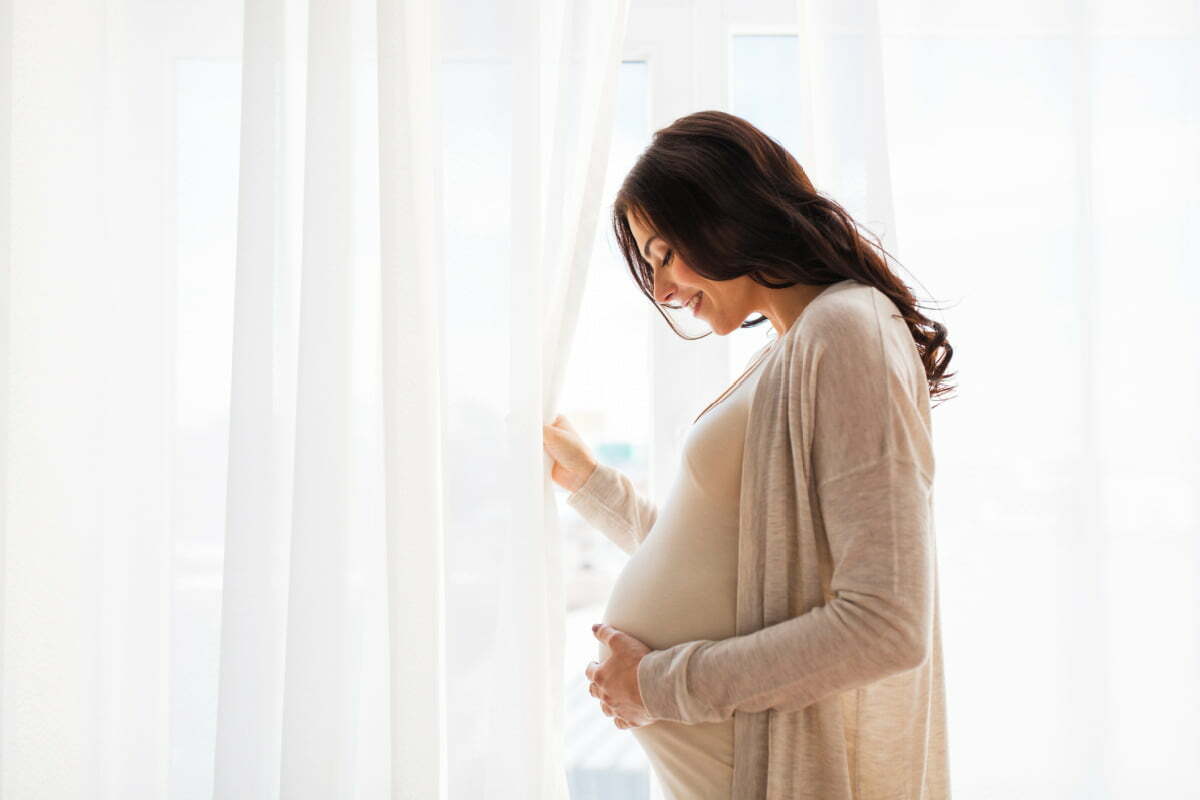Pregnancy, Breastfeeding, and Breast Implants

The Need-to-Know Basics of Breast Augmentation and Pregnancy
Many questions we hear from our Las Vegas breast augmentation patients revolve around the possible impact that breast augmentation can have on future pregnancies and breastfeeding. Here, cosmetic surgeon Dr. Pancholi and our staff do our best to answer these questions.
- Can I breastfeed if I have breast implants?
- Does the incision type and placement make a difference?
- Is breastfeeding safe after having breast implants?
- What happens to my breasts and breast implants if I get pregnant?
Can I breastfeed if I have breast implants?
The answer is a resounding “maybe.” The ability to breastfeed is very individual to begin with. Some women are unable to breastfeed, regardless of whether they have had breast implant surgery. Additionally, some women haven’t breastfed prior to breast augmentation to find out if they can. For those who are able to breastfeed, there is a small risk of not being able to breastfeed after surgery.
The inability to breastfeed after surgery is thought to be from an injury to the nerves and milk ducts during surgery, or from additional pressure the implants place on the surrounding breast tissue and milk ducts. The additional pressure from the implants may not let the milk flow through when combined with the pressure from milk engorgement. The risk of difficulty breastfeeding increases with very large implants and subglandular (over the muscle) placement.
Breast implant placement and incision type can make a difference
As much of the risk for breastfeeding comes from damage and pressure to the milk opting for an incision type and placement method that minimizes, or altogether avoids, these tissues can help optimize your chances of successfully breastfeeding with implants.
- Using the transaxillary (armpit) incision. With this “scarless” breast augmentation technique, Dr. Pancholi can create the breast pocket and place both round saline or silicone breast implants and avoid any cutting through the breast itself.
- Placing implants under the chest muscle (subpectorally). A subpectoral implant placement reduces pressure from the implant on the breast tissue, as the muscle serves as a “barrier.” This position also results in less manipulation of the breast tissue
If preserving breastfeeding is important to you, please be sure to discuss this with Dr. Pancholi.
Is breastfeeding safe after having breast implants?
Saline rupture is not a health concern to the infant. Additionally, studies have shown that having silicone implants does not pose a risk to the infant either.
What happens to my breasts and breast implants if I get pregnant?
If you become pregnant after breast augmentation, you may or may not see changes to your overall breast appearance. Regardless of whether you have been pregnant prior to breast augmentation, a lot will depend on how much breast tissue you have.
Breast tissue expands with pregnancy. If you have very little breast tissue, you will have very little breast tissue to expand and subsequently contract. And likely, you won’t see much change.
If you have more breast tissue, there will be more tissue that expands and contracts, which can lead to sagging later on. This doesn’t necessarily mean that your breast implants will sag after pregnancy, but it’s more likely. In this situation, it could appear as though the breast tissue is sliding off of the implant. A breast lift can help correct this appearance.
Whether or not you get stretch marks seems to be preprogrammed in your DNA. If your mother and other female relatives all got stretch marks on their breasts with pregnancy, odds are you will too.
Ask more questions at a consultation with Dr. Pancholi
If you have additional questions about breast implants and pregnancy, Dr. Pancholi and our staff will be happy to address them at a personal consultation. Call us at (702) 363-0240 or use our easy online contact form. Our patient care coordinator will be in touch as quickly as possible.
